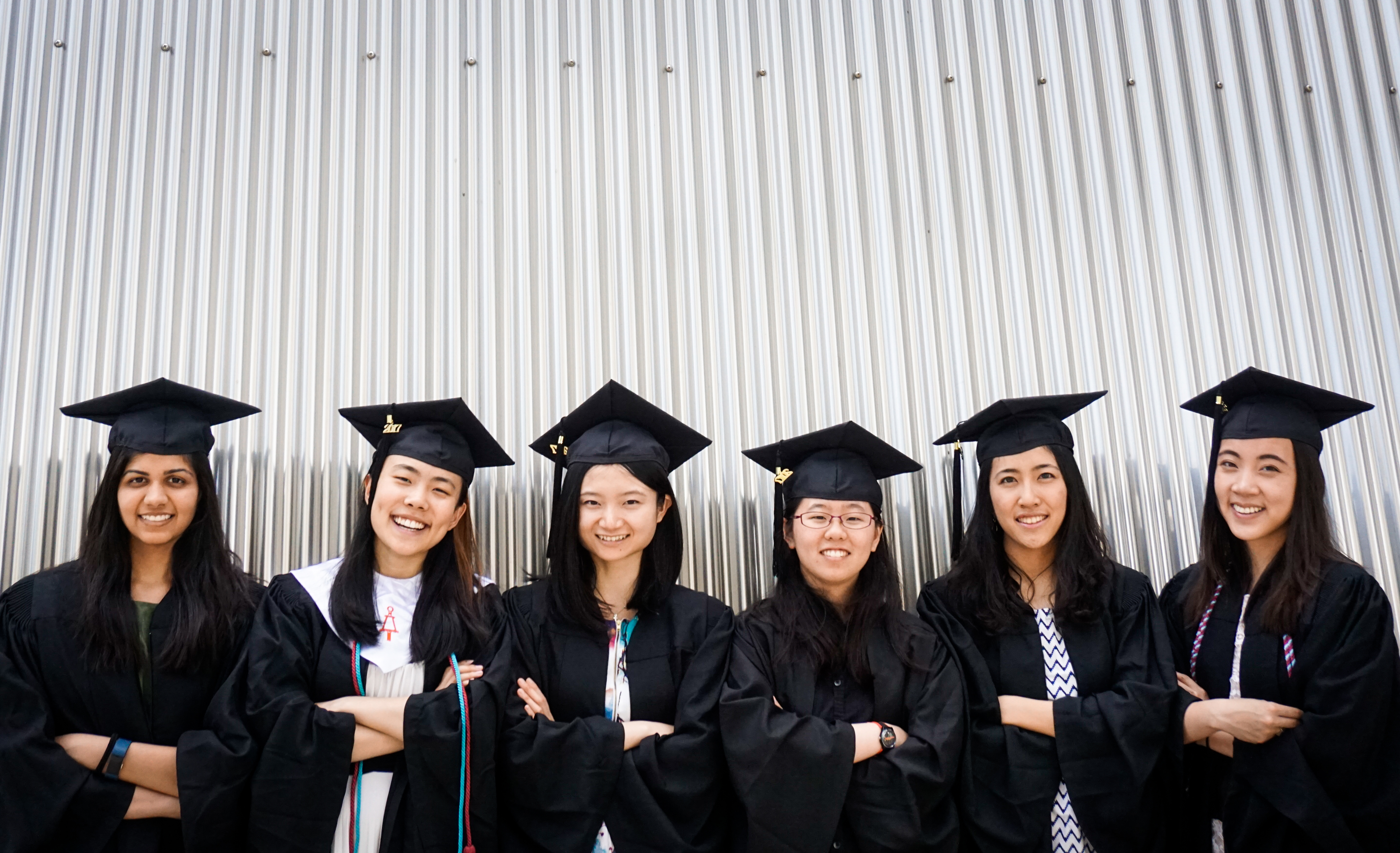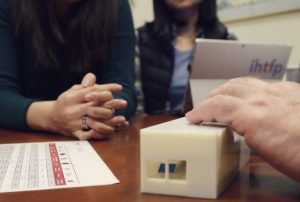Bringing Braille to the Masses
-
-
slice.mit.edu
Filed Under
Recommended

The group entered the competition in their junior year with the goal of improving braille translation and successfully developed a prototype after 15 hours at the hackathon. Made up of Jialin Shi ’17, Chandani Doshi ’17, Charlene Xia ’17, Grace Li ’17, Chen (Bonnie) Wang ’17, and Tania Yu ’17—they all became friends during their first year at MIT and formed a strong bond. Tactile, a portable device that converts any text to braille in real time, came away with first place in the hackathon and a Microsoft sponsorship.
“The braille device industry has been really stagnant over the past decade with limited innovation and absurdly high-priced products,” says Shi. “We want to challenge the industry by bringing in new technology and provide braille accessibility devices to all at a much more reasonable price point.”
Today, products on the market to translate braille cost of upwards of $2,000, making them unrealistic for most. Also, many translation devices or apps only help to turn text into audio, which isn’t appropriate in every setting and doesn’t allow for the ability to access all written language. With unemployment for the blind around 70 percent, there is a clear need for a more affordable and wide-spread solution. Team Tactile plans to market their product for under $500.

Braille is the written language of the blind—but it might surprise many to know that these days only 10 percent of the nearly 1.5 million Americans who are legally blind can actually read braille. This is due to the lack of solid infrastructure around braille education and also the ease of finding braille, a fairly costly production process compared to a standard book. When a group of MIT students prepared to take part in the MakeMIThackathon in 2016, this was the problem they set out to solve.
The device works by taking an image of written text when placed above it and then the system converts the text into the appropriate mechanical movements for pins which raise to create the braille translation.
Since winning the competition, Team Tactile has been working to create a more sophisticated prototype that is the standard braille size. They went on to make the finals of Microsoft’s Imagine Cup, landed an MIT IDEAS Global Challenge grant, and got additional support from the MIT Sandbox Innovation Fund Program where they are working this summer to see the project through. The team will continue to develop the product of the portable text to braille converter—some full-time and some part-time with graduate studies—while also expanding their products to meet the demand of developing countries where braille accessibility is very limited. They also plan to promote Braille literacy and information equality overall.
“To be able to work on this device as a group of female friends and as engineers, we want to be able to also inspire young girls out there to be interested in STEM,” says Shi “It invigorates our passion, why we came here to study engineering and be able to apply it to something that’s tangible and we know can have an impact in the world.”







